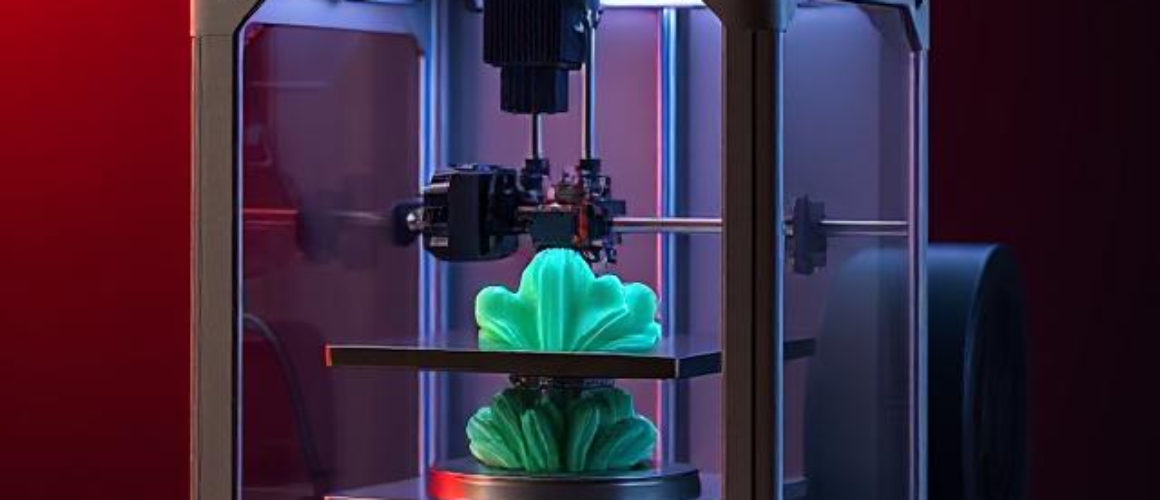The Most Important Thing in Life: Marrying a Supportive Partner
In a world full of ambitions, challenges, and uncertainties, one of the most powerful and stabilizing decisions a person can make is choosing the right life partner. While wealth, success, and adventure can add color to life, the foundation of true happiness often rests on having someone by your side who supports you wholeheartedly. Marrying a supportive person isn’t just a romantic idea—it’s one of the most important choices in life, influencing mental health, personal growth, and overall well-being.
Support in a marriage comes in many forms. It’s not just about helping out with chores or offering kind words during hard times. True support is emotional, mental, and even spiritual. A supportive partner listens without judgment, believes in your dreams even when you doubt yourself, and stands by you through both triumphs and failures. They celebrate your victories as if they were their own and offer comfort when the world feels heavy.
Having this kind of relationship creates a safe space where both individuals can grow. Instead of fearing judgment or competition, partners can be vulnerable and authentic. When one person struggles, the other steps in—not to fix everything, but to offer encouragement and love. This creates a powerful bond based on mutual respect and trust.
Marrying a supportive person also positively impacts mental health. Life is full of stressors—work pressure, financial worries, health issues—but facing them with someone who offers calm and reassurance makes them easier to bear. Studies have shown that people in supportive relationships tend to experience lower levels of anxiety and depression. They cope better with challenges and recover more quickly from emotional setbacks.
In addition, a supportive marriage brings long-term stability. Conflicts will always arise in any relationship, but when both people are committed to uplifting each other, problems become easier to solve. Instead of blame or silence, there’s open communication and a desire to work things out. This kind of dynamic nurtures lasting love and a deep sense of partnership.
Importantly, support goes both ways. The healthiest marriages are those where both individuals are willing to give and receive love, help, and understanding. It’s about being each other’s biggest fans, especially when the world turns cold. The beauty of such a bond is that it doesn’t just make life easier—it makes it richer, more meaningful, and filled with purpose.
In conclusion, while many things in life are important—career, goals, freedom—marrying a supportive partner stands out as a cornerstone of lasting happiness. They help you be your best self, catch you when you fall, and walk with you through every chapter of life. If you are fortunate enough to find such a person, hold them close and never take their presence for granted. Because in the end, success feels sweeter and burdens feel lighter when you have someone who truly has your back.










